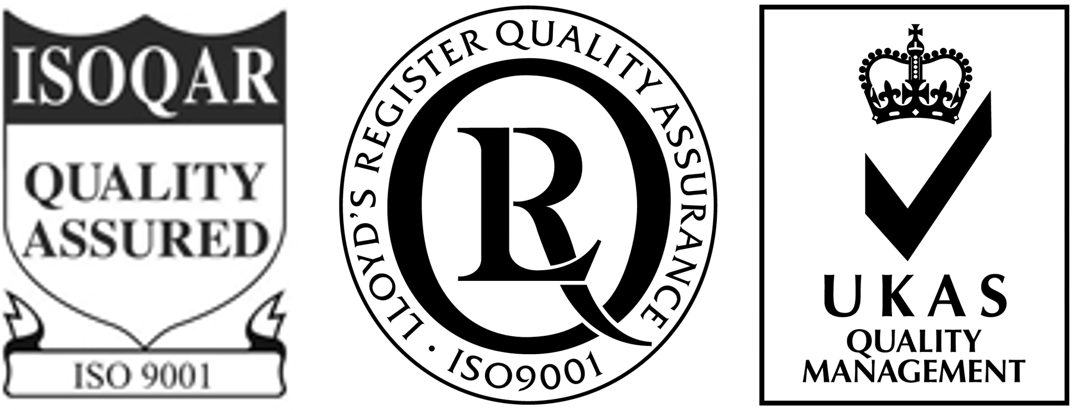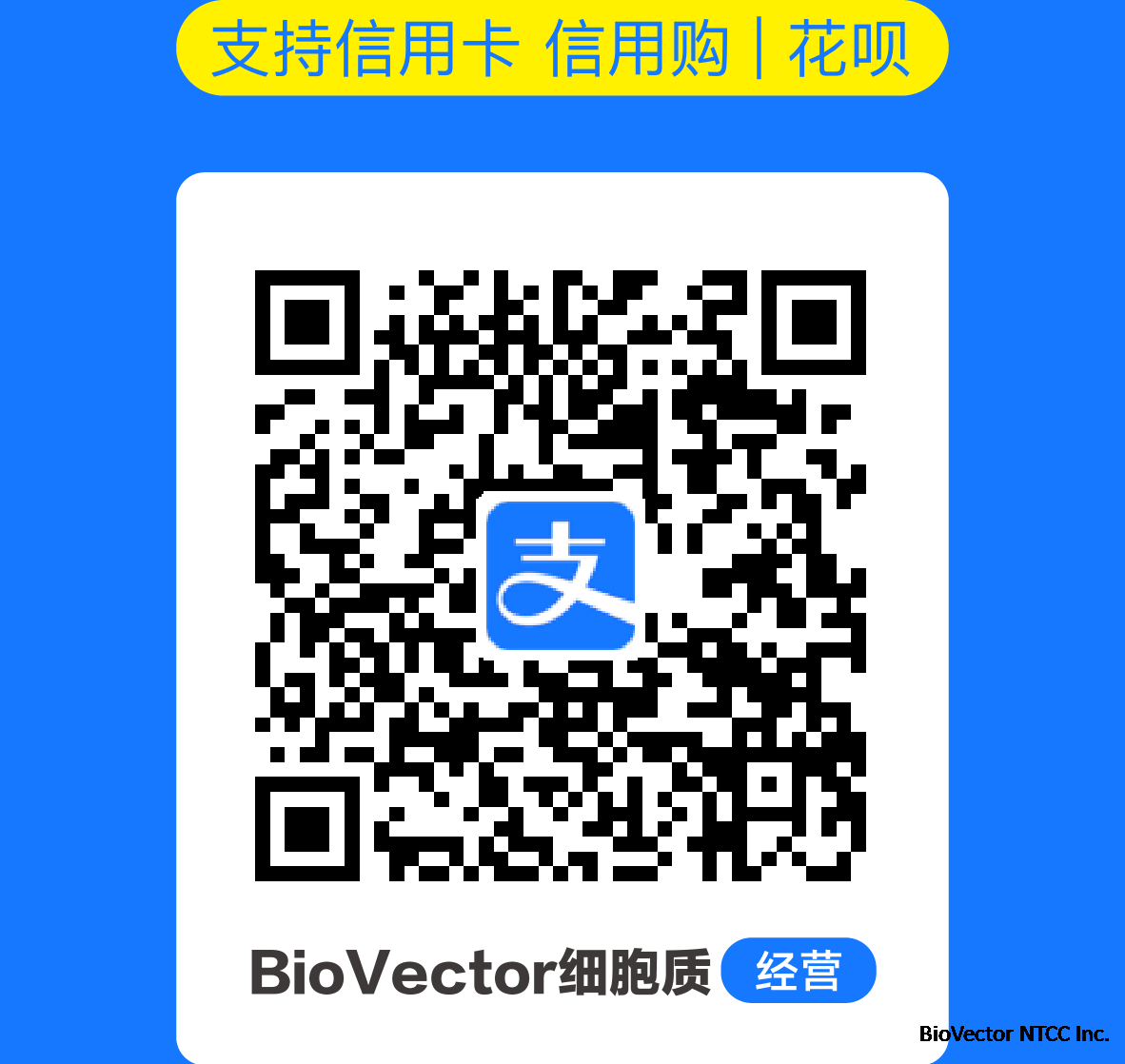Homo sapiens (human) VK2/E6E7细胞株ATCC CRL-2616 BioVector NTCC质粒载体菌种细胞基因保藏中心
- 价 格:¥27952
- 货 号:Homo sapiens (human) VK2/E6E7细胞株ATCC CRL-2616
- 产 地:北京
- BioVector NTCC典型培养物保藏中心
- 联系人:Dr.Xu, Biovector NTCC Inc.
电话:400-800-2947 工作QQ:1843439339 (微信同号)
邮件:Biovector@163.com
手机:18901268599
地址:北京
- 已注册
Homo sapiens (human) VK2/E6E7细胞株ATCC CRL-2616 BioVector NTCC质粒载体菌种细胞基因保藏中心 Organism Homo sapiens, human
Tissue vagina, mucosa
Cell Type epithelial HPV-16 E6/E7 transformed
Product Format frozen
Morphology epithelial
Culture Properties adherent
Biosafety Level 2 [Cells contain human Papilloma viral sequences]
Biosafety classification is based on U.S. Public Health Service Guidelines, it is the responsibility of the customer to ensure that their facilities comply with biosafety regulations for their own country.
Disease Endometriosis
Age 32 years adult
Gender female
Applications These cell lines may provide the basis for valid, reproducible in vitro models for studies on cervicovaginal physiology and infections and for testing pharmacological agents for intravaginal application.
Derivation The VK2/E6E7 cell line was established in 1996 from the normal vaginal mucosal tissue taken from a premenopausal woman undergoing anterior-posterior vaginal repair surgery. The ectocervical Ect1/E6E7 (ATCC CRL-2614) and endocervical End1/E6E7 (ATCC CRL-2615) cell lines were established in 1996 from normal epithelial tissue taken from a premenopausal woman undergoing hysterectomy for endometriosis. Clinical Data female 32 years Genes Expressed cytokeratins 8 (CK8), 10 (CK10), 13 (CK13), 18 (CK18) and 19 (CK19),macrophage colony-stimulating factor (M-CSF); transforming growth factor beta1; interleukin 8 (IL-8); prostaglandin E2; the secretory leukoproteinase inhibitor; polymeric immunoglobulin receptor. Cellular Products cytokeratins 8 (CK8), 10 (CK10), 13 (CK13), 18 (CK18) and 19 (CK19) macrophage colony-stimulating factor (M-CSF); transforming growth factor beta1; interleukin 8 (IL-8); prostaglandin E2; the secretory leukoproteinase inhibitor; polymeric immunoglobulin receptor Comments The endocervical cell line expresses characteristics of simple columnar epithelium, whereas the ectocervical and vaginal cell lines express characteristics of stratified squamous nonkeratinizing epithelia. Without stimulation, all three cell lines produce macrophage colony-stimulating factor (M-CSF), transforming growth factor beta1, interleukin 8 (IL-8), prostaglandin E2, the secretory leukoproteinase inhibitor, and the polymeric immunoglobulin receptor. The endocervical cell line (End1/E6E7), but not the others, also produce the lymphopoietic cytokines IL-6, IL-7, and consistently detectable levels of the chemokine known as "regulated-upon-activation, normal T cell expressed and secreted" (RANTES). Stimulation with interferon gamma and tumor necrosis factor alpha (TNF alpha) induces or significantly up-regulates expression of several of the cytokines and chemokines as well as major histocompatibility complex (MHC) class II antigens in the lines. Piliated, but not nonpiliated, Neisseria gonorrhoea strain F62 variants actively invade these epithelial cell lines. Invasion of these cells by green fluorescent protein-expressing gonococci is characterized by colocalization of gonococci with F actin.
Complete Growth Medium Keratinocyte-Serum Free medium (GIBCO-BRL 17005-042) with 0.1 ng/ml human recombinant EGF, 0.05 mg/ml bovine pituitary extract, and additional calcium chloride 44.1 mg/L (final concentration 0.4 mM) Subculturing Volumes used in this protocol are for 75 cm2 flask; proportionally reduce or increase amount of dissociation medium for culture vessels of other sizes. Note: The cells should not be allowed to become confluent, subculture at 60 to 90% of confluence. Remove and discard culture medium. Briefly rinse the cell layer with 0.25% (w/v) Trypsin-0.03% (w/v) EDTA solution to remove all traces of serum that contains trypsin inhibitor. Add 2.0 to 3.0 ml of Trypsin-EDTA solution to flask and observe cells under an inverted microscope until cell layer is dispersed (usually within 5 to 15 minutes). Note: To avoid clumping do not agitate the cells by hitting or shaking the flask while waiting for the cells to detach. Cells that are difficult to detach may be placed at 37°C to facilitate dispersal. Neutralize the trypsin by adding 6.0 to 8.0 ml of a 1:1 mixture of Dulbecco's modified Eagle's medium and Ham's F12 medium (DMEM:F-12, ATCC Catalog No. 30-2006), containing 10% fetal bovine serum. Aspirate cells by gently pipetting. To remove trypsin-EDTA solution, transfer cell suspension to centrifuge tube and spin at approximately 125 x g for 5 to 10 minutes Discard supernatant and resuspend cells in fresh serum-free growth medium. Add appropriate aliquots of cell suspension to new culture vessels. Place culture vessels in incubators at 37°C. Cells will not attach well for 24 hours after subculture. Subcultivation ratio: 1:3 to 1:5 Medium Renewal: Every 2 to 3 days. Note: For more information on enzymatic dissociation and subculturing of cell lines consult Chapter 10 in Culture of Animal Cells, a manual of Basic Technique by R. Ian Freshney, 3rd edition, published by Alan R. Liss, N.Y., 1994 Cryopreservation Freeze medium: A 1:1 mixture of Dulbecco's modified Eagle's medium and Ham's F12 medium (DMEM:F-12, ATCC Catalog No. 30-2006), 85%; fetal bovine serum, 10%; DMSO, 5% Storage temperature: liquid nitrogen vapor phase Culture Conditions Atmosphere: air, 95%; carbon dioxide (CO2), 5% Temperature: 37°C
STR Profile Amelogenin: X CSF1PO: 10, 11 D5S818: 9, 10 D13S317: 9, 12 D7S820: 10, 11 D16S539: 9 vWA: 16 THO1: 7, 9.3 TPOX: 11 Population Doubling Time 24 hrs
Passage History Cells at passage 3 were immortalized by transduction with the retroviral vector LXSN-16E6E7 in the presence of polybrene. Clones were selected in medium containing G418. Year of Origin 1996 References Fichorova RN, et al. Generation of papillomavirus-immortalized cell lines from normal human ectocervical, endocervical, and vaginal epithelium that maintain expression of tissue-specific differentiation proteins. Biol. Reprod. 57: 847-855, 1999. PubMed: 9314589
BioVector NTCC质粒载体菌种细胞蛋白抗体基因保藏中心 电话:+86-010-53513060 网址:www.biovector.net [Supplier来源] http://www.biovector.net
Derivation The VK2/E6E7 cell line was established in 1996 from the normal vaginal mucosal tissue taken from a premenopausal woman undergoing anterior-posterior vaginal repair surgery. The ectocervical Ect1/E6E7 (ATCC CRL-2614) and endocervical End1/E6E7 (ATCC CRL-2615) cell lines were established in 1996 from normal epithelial tissue taken from a premenopausal woman undergoing hysterectomy for endometriosis. Clinical Data female 32 years Genes Expressed cytokeratins 8 (CK8), 10 (CK10), 13 (CK13), 18 (CK18) and 19 (CK19),macrophage colony-stimulating factor (M-CSF); transforming growth factor beta1; interleukin 8 (IL-8); prostaglandin E2; the secretory leukoproteinase inhibitor; polymeric immunoglobulin receptor. Cellular Products cytokeratins 8 (CK8), 10 (CK10), 13 (CK13), 18 (CK18) and 19 (CK19) macrophage colony-stimulating factor (M-CSF); transforming growth factor beta1; interleukin 8 (IL-8); prostaglandin E2; the secretory leukoproteinase inhibitor; polymeric immunoglobulin receptor Comments The endocervical cell line expresses characteristics of simple columnar epithelium, whereas the ectocervical and vaginal cell lines express characteristics of stratified squamous nonkeratinizing epithelia. Without stimulation, all three cell lines produce macrophage colony-stimulating factor (M-CSF), transforming growth factor beta1, interleukin 8 (IL-8), prostaglandin E2, the secretory leukoproteinase inhibitor, and the polymeric immunoglobulin receptor. The endocervical cell line (End1/E6E7), but not the others, also produce the lymphopoietic cytokines IL-6, IL-7, and consistently detectable levels of the chemokine known as "regulated-upon-activation, normal T cell expressed and secreted" (RANTES). Stimulation with interferon gamma and tumor necrosis factor alpha (TNF alpha) induces or significantly up-regulates expression of several of the cytokines and chemokines as well as major histocompatibility complex (MHC) class II antigens in the lines. Piliated, but not nonpiliated, Neisseria gonorrhoea strain F62 variants actively invade these epithelial cell lines. Invasion of these cells by green fluorescent protein-expressing gonococci is characterized by colocalization of gonococci with F actin.
Complete Growth Medium Keratinocyte-Serum Free medium (GIBCO-BRL 17005-042) with 0.1 ng/ml human recombinant EGF, 0.05 mg/ml bovine pituitary extract, and additional calcium chloride 44.1 mg/L (final concentration 0.4 mM) Subculturing Volumes used in this protocol are for 75 cm2 flask; proportionally reduce or increase amount of dissociation medium for culture vessels of other sizes. Note: The cells should not be allowed to become confluent, subculture at 60 to 90% of confluence. Remove and discard culture medium. Briefly rinse the cell layer with 0.25% (w/v) Trypsin-0.03% (w/v) EDTA solution to remove all traces of serum that contains trypsin inhibitor. Add 2.0 to 3.0 ml of Trypsin-EDTA solution to flask and observe cells under an inverted microscope until cell layer is dispersed (usually within 5 to 15 minutes). Note: To avoid clumping do not agitate the cells by hitting or shaking the flask while waiting for the cells to detach. Cells that are difficult to detach may be placed at 37°C to facilitate dispersal. Neutralize the trypsin by adding 6.0 to 8.0 ml of a 1:1 mixture of Dulbecco's modified Eagle's medium and Ham's F12 medium (DMEM:F-12, ATCC Catalog No. 30-2006), containing 10% fetal bovine serum. Aspirate cells by gently pipetting. To remove trypsin-EDTA solution, transfer cell suspension to centrifuge tube and spin at approximately 125 x g for 5 to 10 minutes Discard supernatant and resuspend cells in fresh serum-free growth medium. Add appropriate aliquots of cell suspension to new culture vessels. Place culture vessels in incubators at 37°C. Cells will not attach well for 24 hours after subculture. Subcultivation ratio: 1:3 to 1:5 Medium Renewal: Every 2 to 3 days. Note: For more information on enzymatic dissociation and subculturing of cell lines consult Chapter 10 in Culture of Animal Cells, a manual of Basic Technique by R. Ian Freshney, 3rd edition, published by Alan R. Liss, N.Y., 1994 Cryopreservation Freeze medium: A 1:1 mixture of Dulbecco's modified Eagle's medium and Ham's F12 medium (DMEM:F-12, ATCC Catalog No. 30-2006), 85%; fetal bovine serum, 10%; DMSO, 5% Storage temperature: liquid nitrogen vapor phase Culture Conditions Atmosphere: air, 95%; carbon dioxide (CO2), 5% Temperature: 37°C
STR Profile Amelogenin: X CSF1PO: 10, 11 D5S818: 9, 10 D13S317: 9, 12 D7S820: 10, 11 D16S539: 9 vWA: 16 THO1: 7, 9.3 TPOX: 11 Population Doubling Time 24 hrs
Passage History Cells at passage 3 were immortalized by transduction with the retroviral vector LXSN-16E6E7 in the presence of polybrene. Clones were selected in medium containing G418. Year of Origin 1996 References Fichorova RN, et al. Generation of papillomavirus-immortalized cell lines from normal human ectocervical, endocervical, and vaginal epithelium that maintain expression of tissue-specific differentiation proteins. Biol. Reprod. 57: 847-855, 1999. PubMed: 9314589
BioVector NTCC质粒载体菌种细胞蛋白抗体基因保藏中心 电话:+86-010-53513060 网址:www.biovector.net [Supplier来源] http://www.biovector.net
- 公告/新闻



 免费订购电话: 400-800-2947
免费订购电话: 400-800-2947